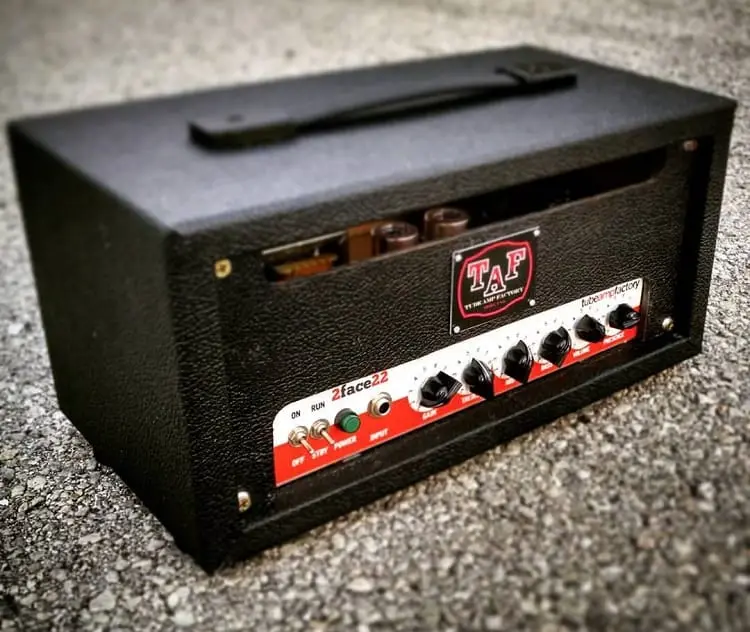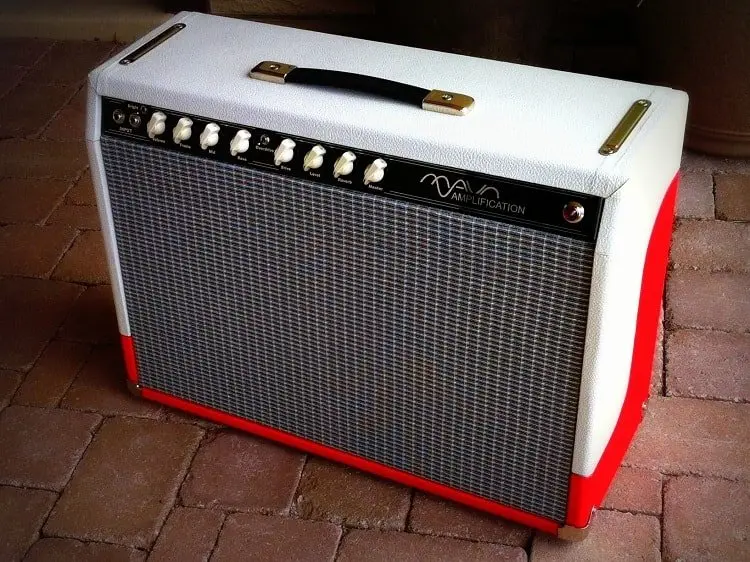 Tube amps are coming back, or rather, are back in style. Amp manufacturers are releasing anything from powerful amp heads to small practice amps which use tube technology.
Tube amps are coming back, or rather, are back in style. Amp manufacturers are releasing anything from powerful amp heads to small practice amps which use tube technology.
The reason for this is the monotony of solid state tone, which has cause a lot of guitar players to turn back to tubes for some variety.
With that said, there are two types of tube amps you can find on the market. There are single channel tube amps, and two channel tube amps.
The subject of our article today is going to be the former. We will talk about what single channel tube amps are for, and whether or not this configuration is obsolete by today’s standards.
If you have been dwelling on whether or not to get a single channel tube amp, hopefully we will help you make the right decision.
Is it worth it ?
To address this matter the right way, we need to go back in time and look at original tube amps. Back in those days there was no such thing as overdrive or overdrive channel. At people back then weren’t aware of this phenomenon.
It wasn’t until the advent of Rock that we began to see tube amps being pushed into overdrive. What is overdrive? Overdrive is what you get when you take a tube amp and push it to its absolute limits. The tubes in the amp begin to work at almost full capacity, which starts to distort the signal. This signal distortion is what you call ‘overdrive’ on a tube amp.
Later on this effect was recognized and it spawned the whole array of accessories which were aimed at recreating this effect in various ways. One of the first amps which had a dedicated channel that would produce this type of signal distortion was the JCM 800 Model 2210.
Since then, a lot of amps have adopted this layout, especially considering the popularity of rock music and the role overdrive played.
 With all that said, you’re probably wondering why would anyone still make a single channel tube amp? The reasons are numerous. First and foremost, not having to include a dedicated overdrive channel simplifies the design process.
With all that said, you’re probably wondering why would anyone still make a single channel tube amp? The reasons are numerous. First and foremost, not having to include a dedicated overdrive channel simplifies the design process.
This in turn reduces the cost of production. However, this is not the main reason why we see a lot of single channel tube amps these days. The most significant reason is the fact that a lot of people want to have that vintage tone. The clean channel on modern tube amps that have no dedicated overdrive is usually high quality stuff. If you want to play something like blues or rock, you can easily push those tubes into natural overdrive. This is especially true for low powered amps.
On the other hand, if you’re looking to play more aggressive genres of music, you probably wouldn’t be using amp’s own overdrive channel anyway. There are literally hundreds of distortion pedals that will give you the type of tone you need. So in essence, having a single channel tube amp brings back that vintage sound not many amps offer today.
You can get a great tube amp for at a rather affordable price if you are willing to let go of the overdrive channel. Manufacturers simply realized that including an overdrive channel isn’t that essential anymore, and that every guitar player can just hook up an effect pedal to get almost the same result.
Besides, those who have amps with dedicated overdrive channels still use effects pedals in most majority of the cases.
Conclusion
If you were thinking of getting a solid channel tube amp, you need to first figure out what type of tone you are after. A tube channel of this type can give you a great clean tone with the addition of natural overdrive. That is exactly what some guitar players are looking for. Even if you want to enjoy some high gain distortion, you can still get that with a tube amp that has no dedicated overdrive.
Most metal players use distortion pedals. Not because they can’t get the level of distortion they need from amps, but rather because they are after a very specific type of tone. With that said, going for a single channel tube amp doesn’t mean you’re missing out on anything.
